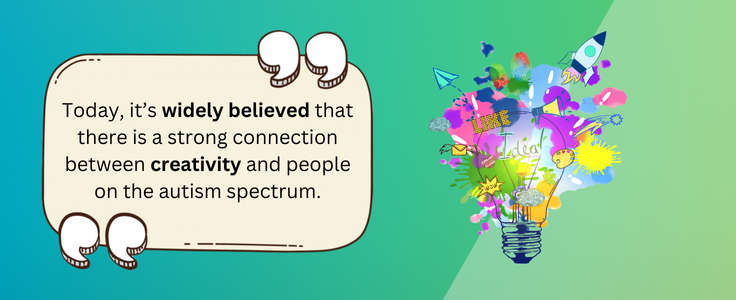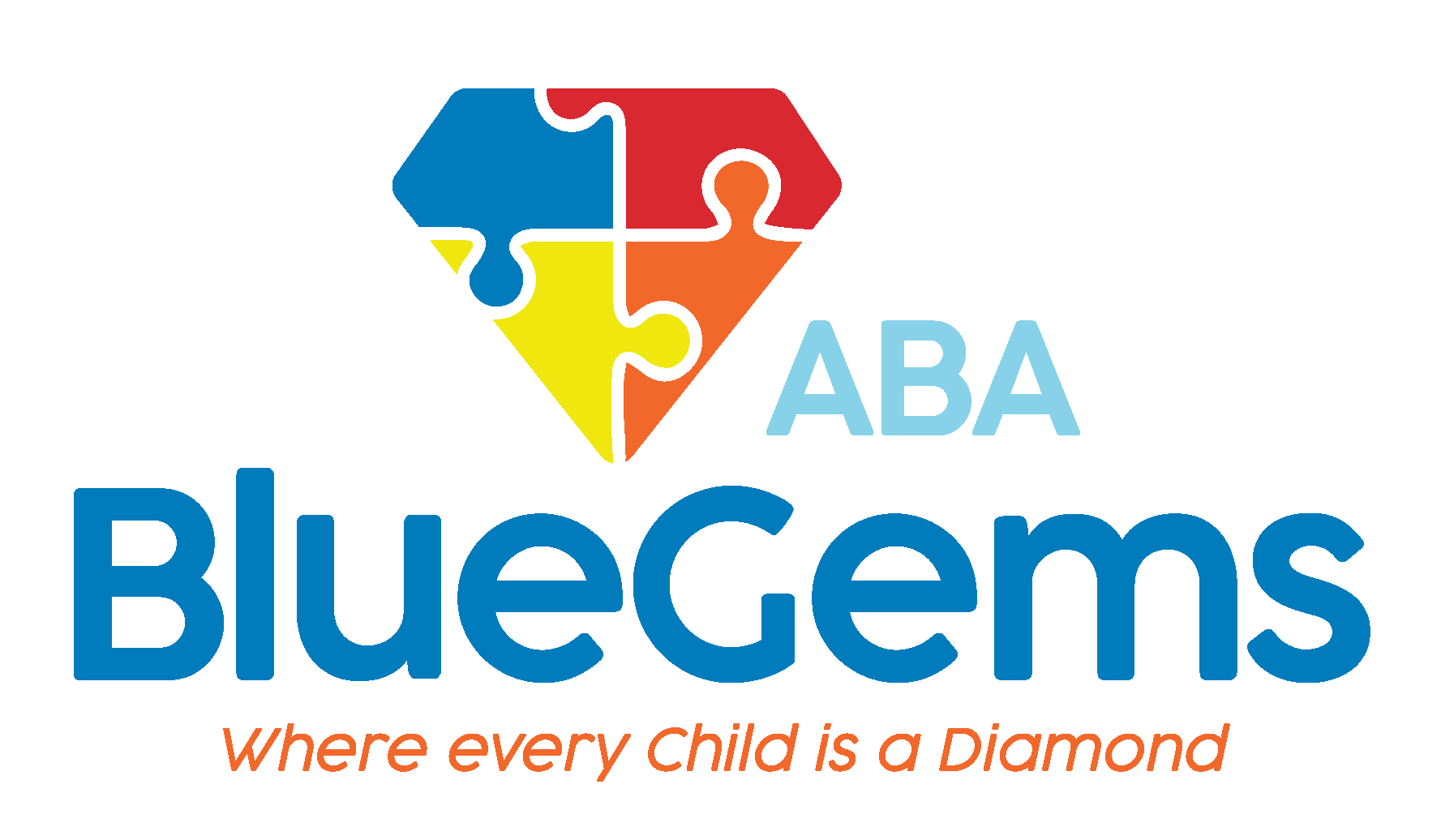Autismo y pensamiento creativo
Durante muchos años se pensó que las personas con trastorno del espectro autista (TEA) eran pensadores lógicos. Gran parte de ello tiene que ver con los estudios que se hicieron sobre el tema en la década de 1990.
En consonancia con esta idea, muchas personas autistas actúan y se comunican de forma bastante literal. Tienen dificultades con ciertos aspectos de la comunicación, incluidas las señales no verbales, como los gestos con las manos y el lenguaje corporal, así como otras cosas, como el sarcasmo y el lenguaje corporal. tono de voz.
Sin embargo, hace unos 10 años, esta idea se puso patas arriba cuando un nuevo estudio publicado en el Revista de Autismo y Trastornos del Desarrollo descubrió que las personas con autismo son bastante creativas.
El estudio descubrió que, cuando se les pedía que describieran diferentes usos de un clip, las personas con autismo tenían menos sugerencias. Sin embargo, las sugerencias que tenían se consideraban más inusuales en comparación con otros individuos neurotípicos.
Hoy en día, existe la creencia generalizada de que existe una fuerte conexión entre la creatividad y las personas con espectro autista. A continuación, profundizaremos en este tema para arrojar luz sobre él.
Índice
¿Qué es la creatividad?
Algunas personas han planteado que la razón de la idea errónea sobre la creatividad y el autismo proviene de la confusión sobre lo que define la creatividad frente a lo que define la imaginación.
La imaginación se define mejor como la evocación de imágenes en la mente. La creatividad está relacionada con la imaginación, por supuesto, pero no es lo mismo.
Es la capacidad de una persona no sólo de crear imágenes, sino también de manipularlas. El resultado final de la creatividad es que una persona es capaz de pensar en nuevos conceptos o ideas que sirvan a un propósito definido.
Esto está directamente relacionado con el estudio mencionado anteriormente. Es posible que las personas con autismo no hayan sido capaces de nombrar tantos usos para un clip como los individuos neurotípicos, pero sí fueron capaces de idear otros más inusuales (creativos).

¿Cómo son de creativas las personas con TEA?
Cada persona aborda de forma diferente la búsqueda de soluciones a los problemas. Una forma común es a través del pensamiento convergente, que es el proceso de encontrar una única respuesta correcta.
El otro tipo principal de enfoque para la resolución de problemas es el pensamiento divergente. Consiste en aportar ideas originales y únicas a las soluciones, y a menudo se asocia con la creatividad.
Las personas autistas suelen considerarse pensadores divergentes y suelen destacar en este tipo de pensamiento. El estudio antes mencionado descubrió que cuantos más rasgos autistas tenía una persona, más inusuales eran sus ideas sobre cómo podían utilizar un clip.
En lugar de responder que un clip sujeta varios trozos de papel, por ejemplo, las personas con autismo dieron respuestas como que podían utilizarlo como una miniherramienta o un anzuelo de pescar.
El estudio descubrió que los individuos con autismo son más propensos que los demás a pasar por alto lo que se considerarían soluciones comunes a un problema, llegando rápidamente a soluciones mucho menos convencionales.
Otras investigaciones han demostrado que las personas con autismo pueden generar respuestas más creativas y únicas. Lo que esto demuestra es que existe una relación entre el pensamiento creativo y los rasgos comunes del autismo.
¿Cómo se puede aprovechar la creatividad de las personas con autismo?
Sabiendo que las personas con autismo pueden ser excepcionalmente creativas, es importante ayudarlas y animarlas a serlo. Una forma sencilla de hacerlo es aceptar las habilidades y rasgos únicos que tienen las personas con autismo.
Esto puede empezar desde una edad muy temprana. Es algo en lo que el análisis conductual aplicado, o terapia ABA, se centra de forma significativa. Al aceptar a los niños con autismo, comprender las inmensas capacidades que tienen y animarles a crecer, los terapeutas ABA también pueden ayudarles a desarrollar las habilidades con las que suelen tener dificultades: comunicación, interacciones sociales y otras habilidades de la vida diaria.
También es importante que las personas que pasan más tiempo con el niño -y la sociedad en general- acepten estos mismos talentos únicos. Adoptar las diferentes perspectivas que aportan las personas con autismo sólo contribuirá a animarles a ser más creativos y a animar a quienes les rodean a ser más tolerantes e integradores.
Blue Gems ABA fomenta la creatividad de los niños con autismo
En contraste con investigaciones anteriores sobre el tema, estudios realizados en los últimos 10 años han encontrado una relación directa entre el autismo y los pensadores creativos. Han demostrado, por ejemplo, que aunque las personas con autismo pueden aportar menos soluciones a un problema, suelen idear formas más creativas de resolverlo.
En Blue Gems ABAayudamos a los niños con autismo a fomentar su pensamiento creativo y sus otras capacidades únicas para ayudarles a crecer como personas. Administramos la terapia ABA de forma individualizada, elaborando planes de tratamiento que se adaptan específicamente a los puntos fuertes y los retos de cada niño.
Para más información Contacto hoy.




